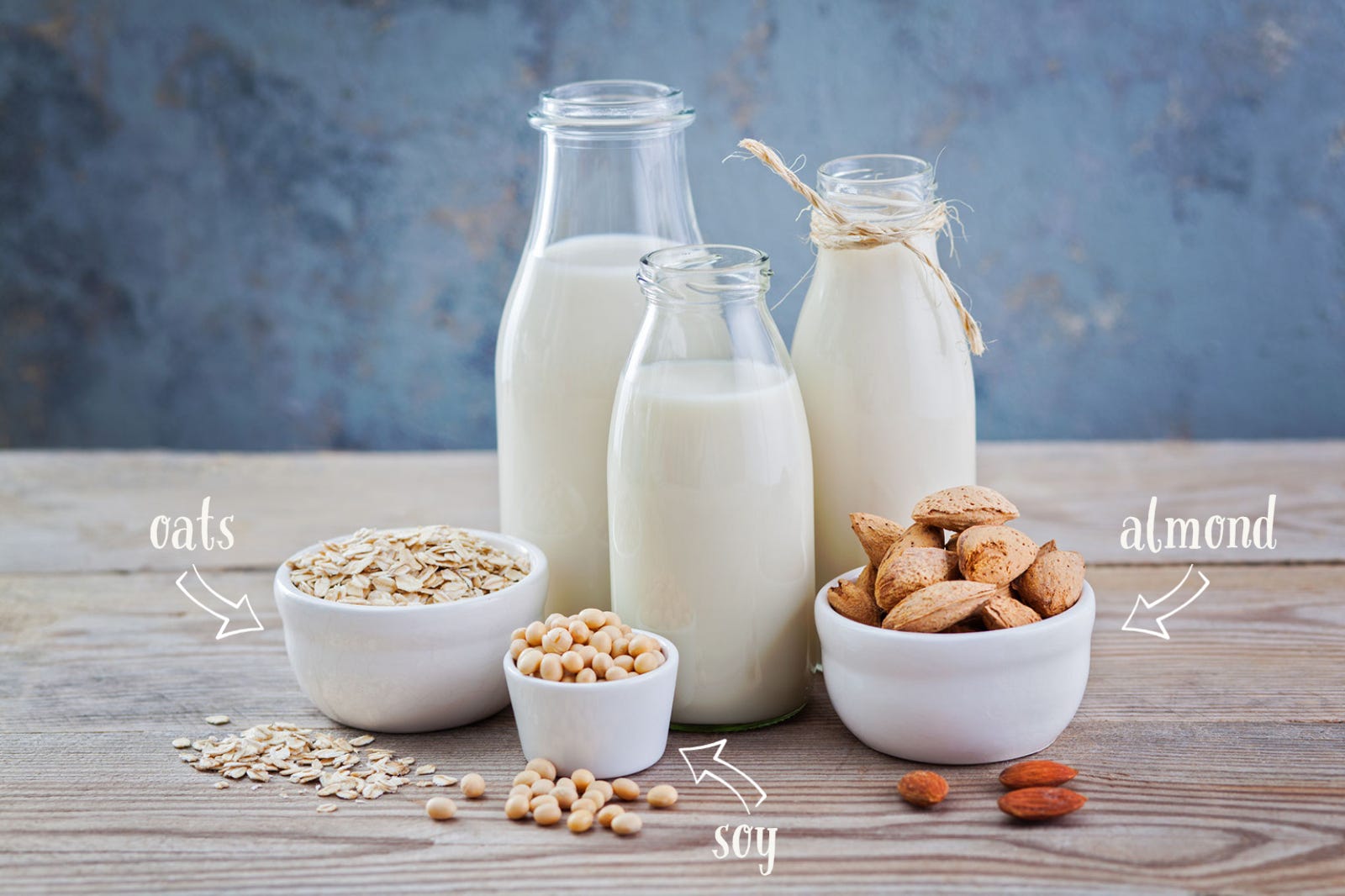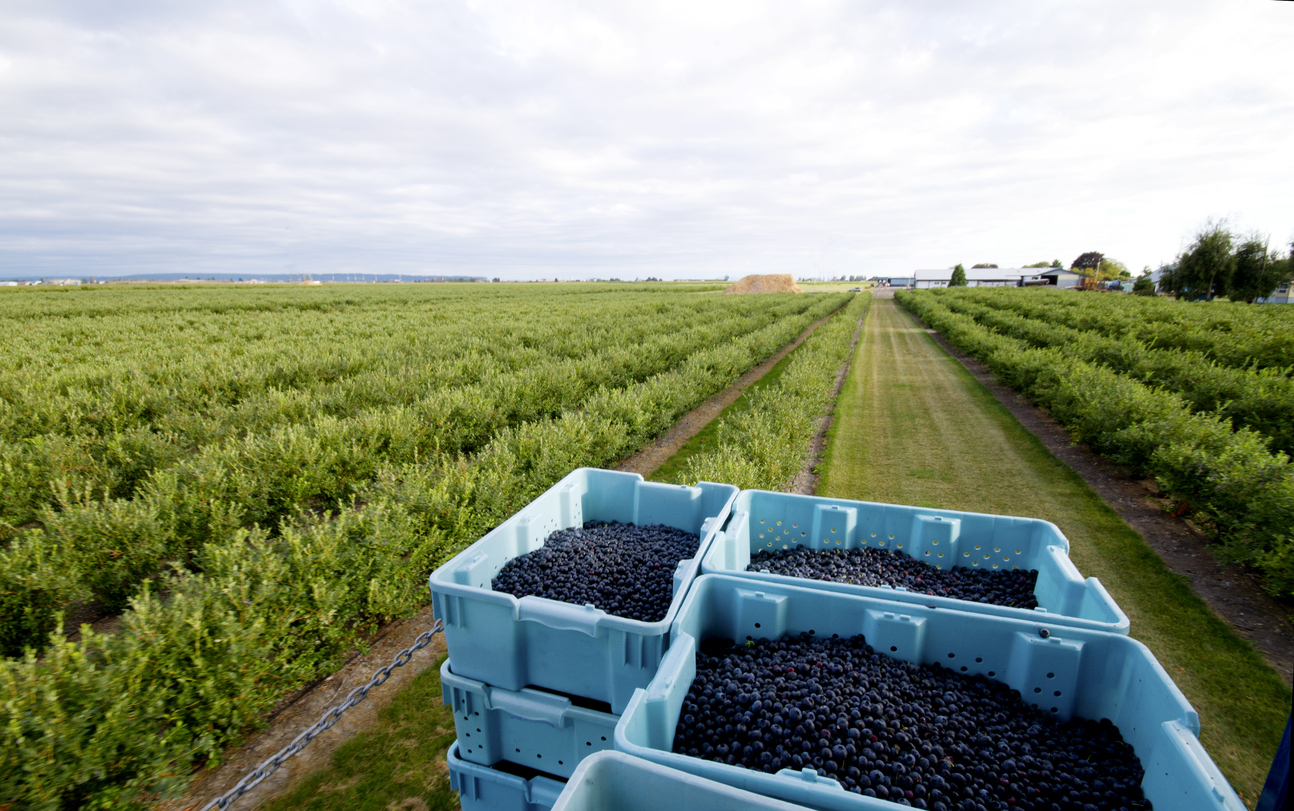Vietnam and Southeast Asia are experiencing a sustained rise in demand for health-focused food products driven by urbanisation, rising disposable incomes and a younger, digitally connected cohort that prioritises convenience plus perceived nutrition. Retail and e-commerce sales of snacks and “better-for-you” products (plant-based snacks, minimally processed nuts, fortified bars and dairy alternatives) have been key growth engines across the region; in Vietnam the snacks category in recent market reports shows strong current-value growth and robust volume gains as consumers trade up to premium or “healthier” snack formats.
Why almonds fit the trend
Almonds are well aligned with these health trends: they are a dense source of plant protein, unsaturated fats, vitamin E and minerals, and they have strong positioning both as a ready-to-eat snack and as an ingredient for almond milk, protein blends, cereals and bakery toppings. Global market projections place almonds among the faster-growing tree-nut categories due to both snacking demand and growth in almond-based dairy alternatives and ingredients – giving ingredient suppliers, private-label packers and branded snack makers multiple use cases to target both B2C and B2B channels.
Food Processing Ingredients Demand Growing, Tree Nuts Lead
According to the USDA Foreign Agricultural Service’s Vietnam: Food Processing Ingredients Annual (2025), Vietnam’s food processing industry grew about 7.4% in 2024 to reach USD 79.3 billion. Within imported ingredients, tree nuts had the highest growth among U.S. exports, increasing 65% in value in 2024 over 2023. Almonds are part of this “tree nuts” category.
This suggests almond ingredients (almond kernels, almond flour, etc.) are among the fastest-rising imported inputs for Vietnamese food manufacturers. The push is driven by manufacturers targeting domestic consumers rather than just re-export, reflecting shifts in demand.
Almond Ingredients Market Forecast & Drivers
The Vietnam Almond Ingredients Market Report (2025-2031) by 6WResearch describes rising demand for almond-based inputs such as almond flour, almond butter, almond milk (as an ingredient) etc. Key drivers are plant-based diets, gluten-free product demand, and health consciousness. Manufacturers in bakery & confectionery sectors are adopting almond ingredients more often.
Almond Milk for Manufacturing & Retail
Almond milk is both a manufactured product (processing) and retailed. According to IMARC, the Vietnam almond milk market size was USD 57.50 million in 2024, with forecast to reach USD 173.55 million by 2033, at a CAGR of ~11.68% during 2025 – 2033. This growth reflects both increasing production/manufacturing of almond milk and higher consumer uptake.
Imports for Further Processing
Some trade data show increased volumes of almonds being imported into Vietnam, particularly kernels or shelled almonds, which are inputs for further processing. For example, a report (Bösch Boden Spies, market update) shows that through May 2025, shipments of almonds to Vietnam are up significantly versus the same period previous year, much of that being “kernel” or processed forms, with many of those imports intended for further processing and sometimes re-export.

Nuts & Almonds Retail Volume Growth
In a “Fresh Food in Vietnam Full Market Report”, nuts category volume sales rose about 7% in 2023 (to ~958,000 tonnes for all nuts). Within that, almonds (alongside coconuts) were among the best performing nut types, with volume growth of about 11% in 2023 to ~6,000 tonnes for almonds.
Retail Channels Expanding
Almond milk has been increasingly available through modern trade (supermarkets, hypermarkets), convenience stores, specialty health shops, and via e-commerce platforms. The IMARC report notes online platforms are particularly helping reach younger, urban consumers.
Product Innovation / Diversification
In almond milk, there is flavor diversification (vanilla, chocolate, sugar-free, fortified, organic) to cater to varied consumer preferences. Retailers are using packaging innovation, smaller single-serve or multi-serve packs.
Retail Price & Value Trends
While specific unit prices for almonds are not always clearly published in these sources, the reports indicate that almonds are being positioned as a premium snack or health ingredient. Consumers are increasingly willing to pay more for foods with health credentials (organic / gluten-free / non-GMO / plant-based) which helps retail demand. The almond milk market’s 2024 value (USD 57.5 million) reflects both higher volumes and premium pricing.
Imports Increase for Retail Demand
Retail demand is supported by imports. For example, in the Bösch Boden Spies report, shipments to Vietnam for kernels are rising.
(Sources: Compiled from various trade reports and market data)




